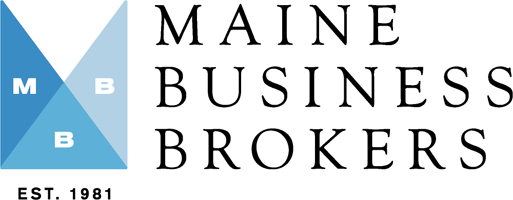Price and salability
Common sense and experience teaches us that there is a direct link between the price of an asset and it’s “salability” (the ease and speed in which it can sell). Whether it’s a house, a car, or other valuable, reducing the price will speed up a sale and increasing the price will slow the sale or make it unsalable. In finance, the “Asset Pricing Model” (CAPM) indicates that asset valuation can be simplified into a few basic components: the risk free rate, the expected return of an asset and the riskiness of the investment. Pricing the asset lower than the model creates a price discrepancy (arbitrage) for a buyer and an asset priced higher than the model benefits the seller.
It’s no wonder then, that business buyers and sellers would assume that pricing discrepancies would work the same way: business priced lower than market will sell quicker and businesses priced higher will sell slower. With that assumption in mind, business owners (sellers) will often follow a pricing strategy tied to their desire and motivation to sell.
Selling a business takes time; a business owner will often get frustrated early in the process. Maybe they have moved on mentally, are tired of tire-kicker buyers or just want to move on to the next stage of their life. Their understandable reaction is to direct us to “drop the price” in order to speed up a sale. This doesn’t work. In fact, price has less to do with the salability of a business than a business operator might think. Other intangible factors and appealing qualities of the business have a larger impact on attracting buyers. This disconnect between price and salability is counter-intuitive but is driven by the following:
- Businesses are “active investments”. No matter how attractive the price, most businesses need the full and active participation of the buyer. Unlike a classic car, a buyer can’t impulsively acquire an attractively priced business and put it on a shelf until they have the time or energy to focus on it.
- Timing. The option of buying low and selling high may not be available to a buyer needing to replace a job, acquire a competitor or start a new phase in their life. Many deals can’t be timed to economic cycles or changing market conditions.
- Deal structure. For simplicity, most businesses are marketed at “X” price, but business transactions end up as the result of a more complicated deal structure. The combination of cash at close, financing, working capital needs, escrows, post-closing consulting, and tax issues means that the price is just the start of the negotiation. Marking down the asking price of a business doesn’t change the real negotiation that can make a simple price irrelevant.
- Qualitative issues. “Main St. buyers” generally shop emotionally. They want a business that appeals to them in variety of intangible ways. Lifestyle, challenge, industry type are often more important than the acquisition price.
In some ways price doesn’t even matter. Yes, the value of the business should be justified by accepted valuation models and ROI requirements, but the deal needs to work for both parties. A win/lose perspective will rarely result in a successful closing. The hard truth is that there is little a seller can do to speed up the process. Finding the right buyer for the business can take time—dropping the price or putting the business “on sale” will not incentivize someone to “grab the deal”.
There are things that a seller can do to help secure a successful closing when a buyer is identified.
- Be open to seller/gap financing.
- If seller owned real estate is involved, be open to leasing or selling the property.
- Understand that the terms of the deal are at least as important as the selling price. Creative deal structures and negotiations can help bridge divisions between buyers and sellers.
- Understand that most deals will have some element of shared risk between the buyer and seller. Whether that’s seller financing, an earn-out, or the reps and warranties, a business owner won’t be able to sell their business “as-is, where-is”.
Selling a business is a process requiring careful preparation, a good team of advisors, and an experienced intermediary. Slashing the price of your business to speed up a sale will cost you money, not save you time.

